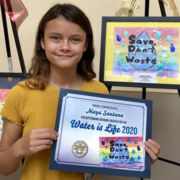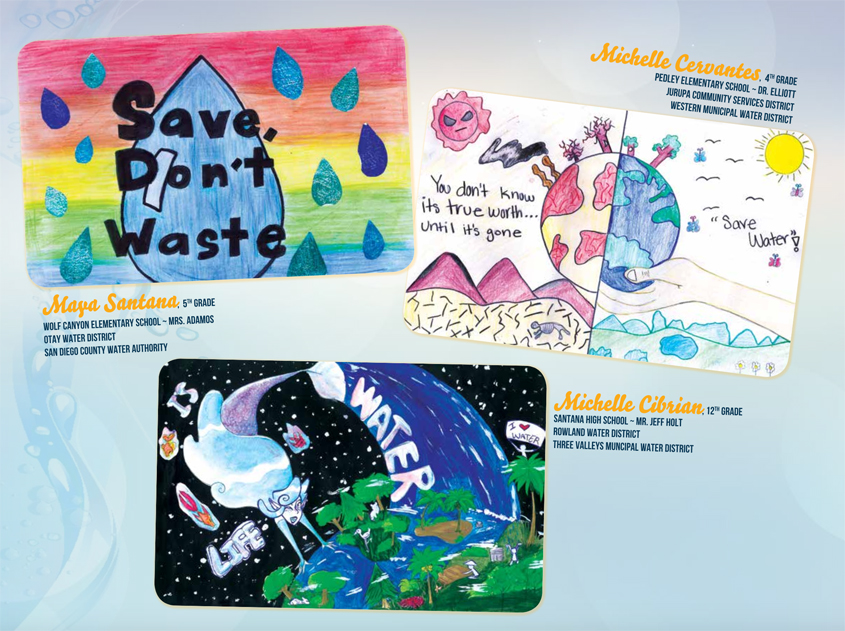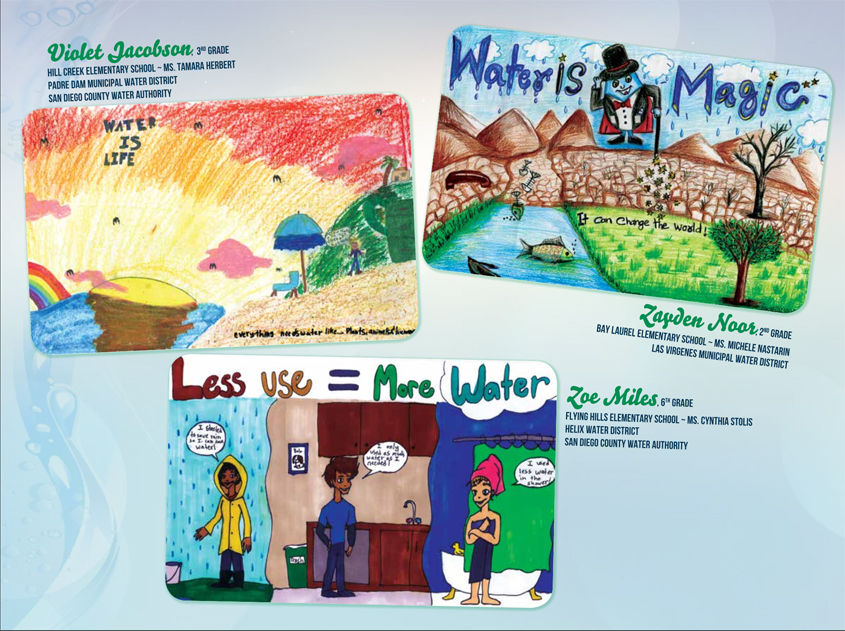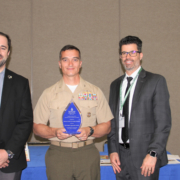Contour Your Landscape
When planning your landscape, look first at the terrain you’re working with. You can use the contours of your existing land – depressions and slopes – for guidance when planning your landscape grading. If your yard is flat, you’ll need to move soil and features around to create more rain-holding contour areas.
A soil percolation test can be very helpful in preparing your soil. You want to make it as much of a water-retaining sponge as possible before getting to work on rainwater capture plans.
NOTE: If you have existing hillsides, it’s best to get professional advice before grading or other significant changes. Before any digging, call Dig Alert 8-1-1 or visit digalert.org to be sure you won’t hit any underground utility lines.
Move water with gravity
Basins and swales are shallow depressions or channels no more than 24 inches deep on gently sloped or nearly flat landscapes. Basins and swales move water over short distances. With these contours, gravity will move water around to where you want it.
Small, shallow depressions work best in clay soil areas, while sandy soils may accommodate deeper depressions up to two feet. Channels can be planted or lined with rocks and small boulders to resemble natural creek beds.
Use rainwater to your advantage
By planning your landscape so that you don’t have low spots with no plants, you prevent wasting rainwater through runoff. You can also avoid fungus and rot from standing water. Plants in and around the depressions capture and sink small volumes of surface water so that all the rainwater you capture can be used.
Berms are mounds of raised soil, usually planted, that can border basins and swales or be used alone. They help contain and move water around, increasing the holding capacity of basins and swales.
Boulders can add points of interest and slow down water runoff in your landscaping. Boulders also are useful to retain small berms or the edges of swales.
The San Diego County Water Authority and its partners also offer other great resources for landscaping upgrades, including free WaterSmart classes at WaterSmartSD.org.










